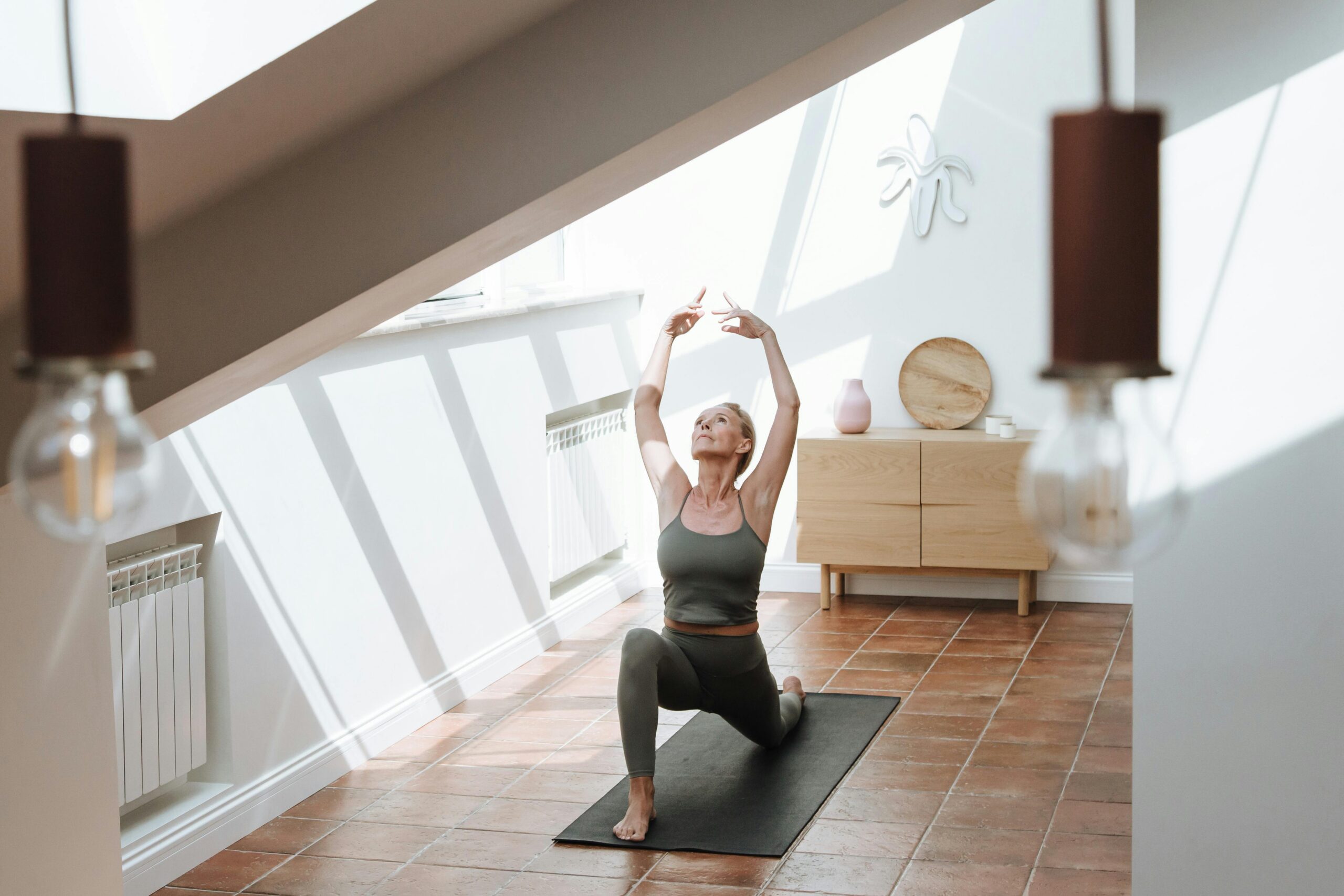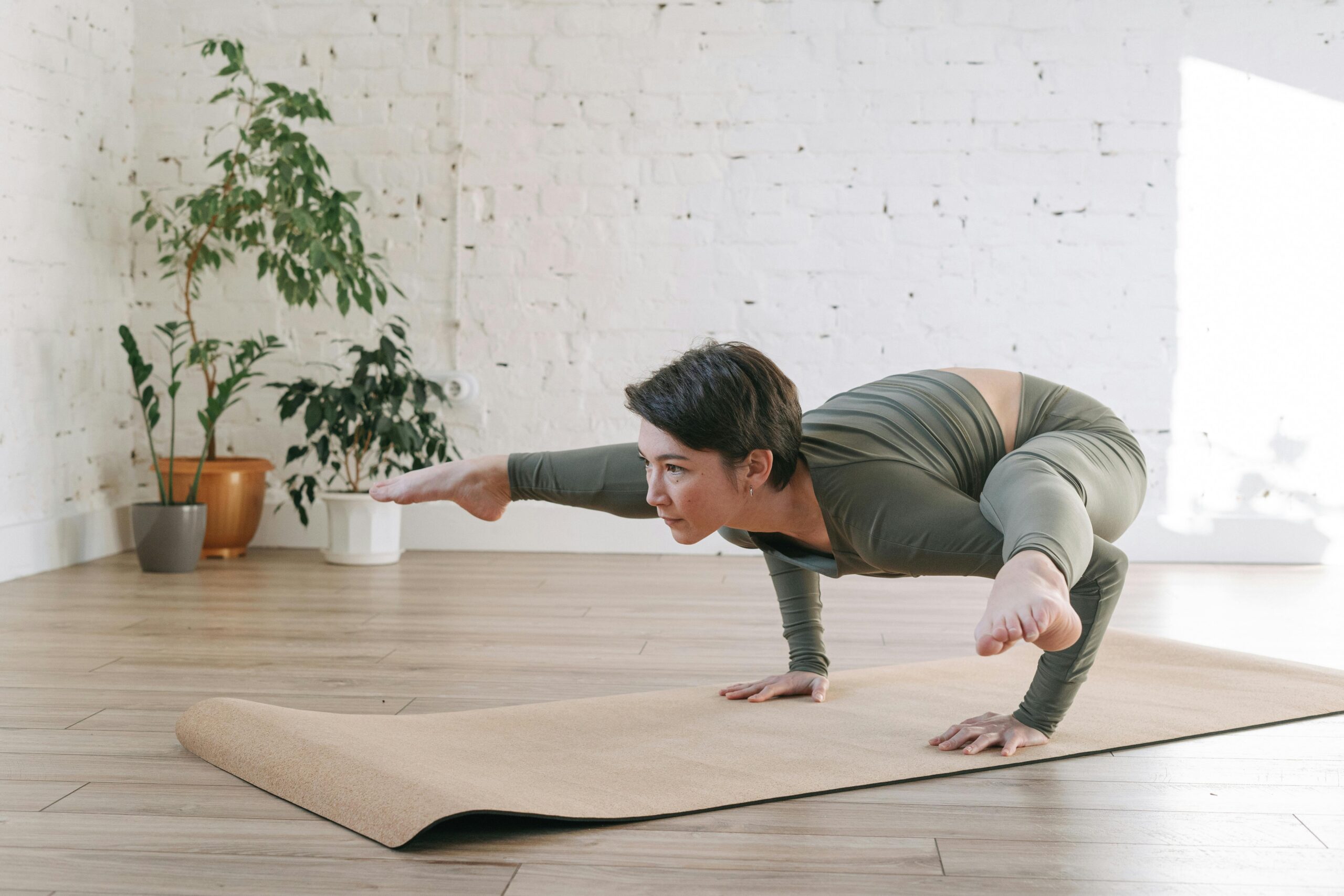
Introduction
Widely practiced form of yoga, known for its balanced approach to physical postures (asanas), breathing techniques (pranayama), and inner stillness. The roots of the modern disciplines of yoga, Hatha can be often called the foundation of yoga and it is a slow, cautious practice that is meant to train strength, flexibility and mental awareness. As opposed to the perhaps more challenging Hatha style, which focuses more on balancing and breathing activity and may be quite taxing, Hatha style is all about holding the postures, breathing and mindful awareness and, therefore, any yogi of any level will surely benefit by practicing this style. This blog gives an insight into the philosophy, structure and the advantages of Hatha Yoga.
—
What is Hatha Yoga?
The word Hatha comes from Sanskrit:
“Ha” meaning sun (active, masculine energy)
“Tha” meaning moon (passive, feminine energy)
Actually, Hatha means the unity with opposition together, trying to achieve the harmony of corporal and subtle forces which are in the body. Hatha Yoga reaches physical discipline to establish harmony among strength and flexibility, effort and ease, not to mention activity and relaxation.
Although the term Hatha Yoga is commonly applied in modern times to define mild yoga classes, in the past it does prescribe a complete system of physical and energetic exercises meant to help a person prepare his or her body and mind towards meditation and spiritual enlightenment.
—
Historical Roots and Philosophy
Hatha Yoga started activity between the 11 th and the 15 th centuries through texts such as;
Hatha Yoga Pradipika by Swami Swatmarama
Gheranda Samhita
Shiva Samhita
These texts introduced techniques like postures (asanas), breathing control (pranayama), energy locks (bandhas), gestures (mudras), and meditation (dhyana). The main goal of Hatha Yoga is to purify the body, activate the flow of life energy (prana), and create stillness for deeper spiritual practice.
Hatha is an efficient system: unlike some yoga practices which may be either meditative or devotional, this one is rooted in the body which contacts the mind and spirit.
—
Structure of a Hatha Yoga Class
A typical Hatha Yoga session is slow-paced and methodical. It generally includes:
1. Centring and Breath Awareness
A seated breathing or mindfulness is the way in which the class starts in order to establish the awareness within the body.
2. Warm-Up Movements
Gentle stretches to prepare the muscles and joints.
3. Asanas (Physical Postures)
Postures are held for longer durations (30 seconds to a few minutes), focusing on proper alignment, stability, and breath.
4. Pranayama (Breath Control)
Breathing exercises such as Nadi Shodhana (alternate nostril breathing) or Bhramari (humming bee breath) are practiced to calm the nervous system.
5. Relaxation and Meditation
The class ends with Savasana (corpse pose) and short meditation to absorb the benefits.
All the practices are done with awareness and unhurriedly.
—
Benefits of Hatha Yoga
🌿 Physical Benefits
Improves posture, balance, and flexibility
Increases joint mobility and muscle tone
Enhances lung capacity and oxygen flow
Aids in digestion and detoxification
Supports better sleep and energy levels
🧠 Mental and Emotional Benefits
Reduces stress and anxiety
Increases focus and mental clarity
Enhances emotional resilience and patience
Promotes self-awareness and mindfulness
🕉️ Spiritual and Energetic Benefits
Balances chakras and energy pathways
Prepares the mind for meditation
Deepens connection with self and inner stillness
—
Is Hatha Yoga Right for You?
Yoga Hatha is viable to both the elderly and the less fitness individuals. It’s especially helpful for:
Beginners who want to learn the fundamentals of yoga
Those recovering from injury or dealing with stress
Individuals seeking inner peace through a steady, focused practice
Yogis that are at an advanced level, seeking to tune alignment and the understanding of the body
If you’re looking for a practice that’s not too fast yet deeply effective, Hatha is a perfect choice.
—

Tips for Practicing Hatha Yoga
1. Go Slow and Be Present
Don’t rush into poses. Move with awareness and control.
2. Focus on Breath
Breath is a connector of the body with mind-remain connected with it.
3. Use Props When Needed
Straps, blocks and cushions are used to form a good position and padding.
4. Stay Consistent
Even 2-3 sessions per week can bring significant changes.
5. Listen to Your Body
Avoid strain. Life is a series of balancing points with no need to struggle but to find a rhythm of working and being rested.
—
Conclusion
Hatha Yoga is not only a type of exercise as it is a complete lifestyle that takes better care of our body, relaxes our mind and makes our spirit fly. Whether you’re seeking physical health, emotional stability, or spiritual connection, Hatha offers a grounded, time-tested path to inner balance. Put your mat on, take a passionated breath and find harmony in you.
